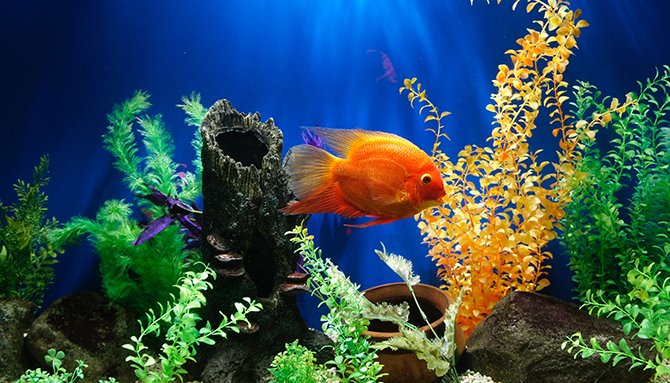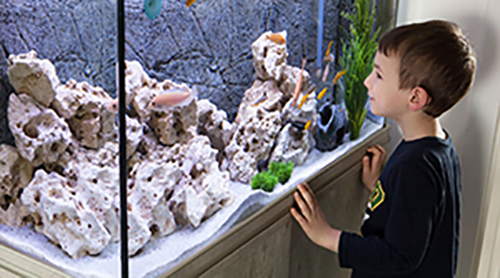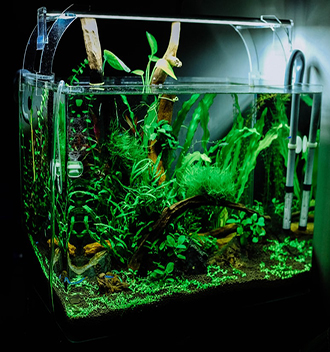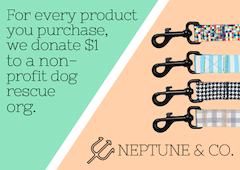Five Basics For Your Beginner
At-Home Aquarium

By Matt Leighton of vivofish.com

If you’re looking to get started in the fishkeeping hobby, there are some basics you need to understand before you invest your time and money into this wonderful experience. You don’t want to wind up with the wrong equipment, fish species, aquarium type, or other issues from the get-go.
Take some time to study these matters to fully understand before you go out and buy your first fish tank and guppies. You might discover some presuppositions may not be quite as accurate as you thought.
Choosing fish for your aquarium seems like a simple enough matter, but it’s actually a rather complex thing – and having the wrong species housed together could cause some real issues.
First, you need to decide if you’re going to keep a freshwater or marine fish tank. Will that freshwater tank be cold water or tropical?
Each fish species has a specific set of parameters that must be met, from pH levels to salinity, temperatures, and hardness of water
Some also need more specific equipment than others. For example, some species do best with CO2 injections, while others don’t. Some species do well with lots of live plants, while others do not. Some need many hiding places while others require specific types of rocks and substrate.
Some species are also extremely challenging to care for, have special dietary needs, or are prone to certain kinds of illnesses that a newbie aquarist isn’t prepared to handle easily.
Our recommendations for a beginning aquarist include:
- Easy care level fish
- Fresh, cold water aquariums
- Hardy species
- Budget-friendly fish
- Fish that don’t require large aquariums (over 35 gallons) – be absolutely sure to specify
- Fish that don’t require specialty equipment
- Fish that don’t require specialty equipment



Once you’ve decided on the fish you’ll stock in your aquarium, it’s important to know which landscaping materials you’ll use and gather these together before buying your first fish.
Choosing Plants
Make sure that the plants you choose for your aquarium are suitable for the species of fish you keep. This means that the plants aren’t toxic for your species, won’t be overly harmed by nibblers like goldfish, and require similar lighting settings to your species.
Most plants require medium to high levels of light. Some require planted substrate types, while others are floating plants. Make sure that the general makeup of the plants matches the overall makeup of your aquarium.
Choosing Substrate
Gravel, sand, river rocks, bare bottoms – these are all different types of “bottoms” for your aquarium. Some fish do well with gravel, while others need sand. Some will eat gravel or sand and can have only larger pebbles or stones or empty bottoms in their aquariums.
Study up on your fish species before purchasing anything to verify that the different species you’re stocking can handle and appreciate the type(s) of substrate you’re interested in acquiring.
Choosing Décor
Décor items can be a fun part of your aquarium setup. These items can include things like sunken ships, driftwood logs, “caves,” overturned flowerpots, and any other number of items that add some pizazz to the aquarium landscape.
Avoid using any décor items that have broken, jagged, or sharp edges. Fish fins and tails can snag on them and get cut and little fish bodies can be pierced or otherwise damaged as well.














